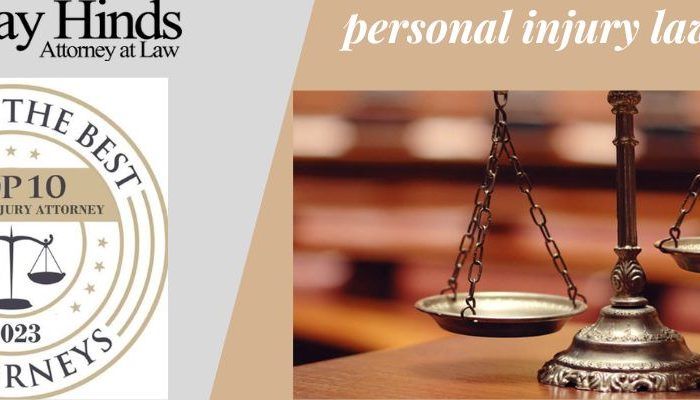Do you know what’s the backbone of winning your personal injury case? Well, to shed light on the truth: it is the ‘evidence’. It helps in proving liability, causation, and the extent of damages. Whether it’s a simple accident, a slip and fall, or any other injury, the right evidence to support it is very important for obtaining fair compensation.
Working with a personal injury lawyer like us at Clay Hinds Attorney at Law is also very important, as an experienced injury lawyer understands how to gather and present evidence effectively in the courtroom.
In this blog, you will learn about how different types of evidence impact a personal injury claim.
6 Types of Evidence & Their Impact on Your Claim
Let’s look at six key types of evidence and how they shape your personal injury case.
- Expert Testimonies
Personal injury claims rely heavily on expert testimony. They assist the jury or judge in understanding the complicated issues surrounding the accident and injuries. These experts may include:
- Medical specialists: Discuss the severity of injuries and the necessary remedies.
- Accident Reconstruction Specialists: They explain how the accident occurred.
- Vocational Rehabilitation Specialists: They explain how injuries influence your capacity to work.
Your attorney will identify and prepare these specialists. You don’t have to worry about finding them yourself. Their testimony provides authoritative and unbiased perspectives, which can have a substantial impact on the case outcome.
- Documentary Evidence
Documentary evidence includes a variety of papers that support the facts of your case. Key documents include:
- Show the nature and degree of the injuries.
- Provide a formal report of the incident.
- Detailed exchanges with insurance firms.
- Emails and letters regarding the accident and claims process.
These records establish a firm foundation for your case by demonstrating the existence and severity of your injuries.
- Evidence Proving Causation
To pursue a personal injury claim, you must show that your injuries were caused by the defendant’s acts. Evidence of causation includes:
Testimonies from those who witnessed the tragedy.
- Documents demonstrating specific injuries related to the accident.
- Specialists who can link your injuries to the accident.
- Evidence Establishing Liability
To win a personal injury case, you must prove that someone else was at fault. Liability can be proven as follows:
- People who witnessed what happened.
- Specialists who assess the circumstance and assign blame.
- Visual evidence of the occurrence.
- Official documentation of the incident.
- Detailed investigation into how the accident occurred.
Just for example, in the case of a car accident, generally, the blame lies on the driver, car manufacturer, or even a municipality for not having safe roadways. In a slip-and-fall case, evidence may prove that the property owner or maintenance firm was negligent.
- Evidence Proving Damages
To get compensated, you must prove the degree of your injuries and losses. Evidence of damage includes:
- Detailed descriptions of your injuries.
- Documentation of treatment costs.
- Opinions on your injuries and future medical needs.
- Visual evidence of injuries and their effects on your life.
Evidence of damage helps to portray the complexity and severity of your injuries, keeping in mind the financial and emotional toll these accidents have on you.
- Witness Testimonies
Disinterested witness testimony is very important evidence as it is extremely helpful in getting a favorable verdict for your case. Eyewitnesses in layman terms, people who saw the accident or injury happen, can provide first-hand accounts of the accident and the circumstances leading up to it.
For example, in a slip-and-fall case at a grocery shop, a witness may recall noticing a damp floor where you landed.
Hire The One of the Best Personal Injury Lawyers at Clay Hinds Attorney at Law!
When it comes to court, everybody loves a verdict on their side. To get a favorable verdict in a personal injury claim, you should present interesting, factual, and relevant evidence. From eyewitness testimony and expert opinions to documented evidence and visual aids, each type of evidence is very important in identifying responsibility, showing damages, and demonstrating causation.
Working with an experienced personal injury lawyer, such as us at Clay Hinds Attorney at Law, ensures that your case is supported by convincing evidence that meets strict legal requirements. In a personal injury lawsuit, you must effectively use evidence to advocate for your rights and obtain justice.

